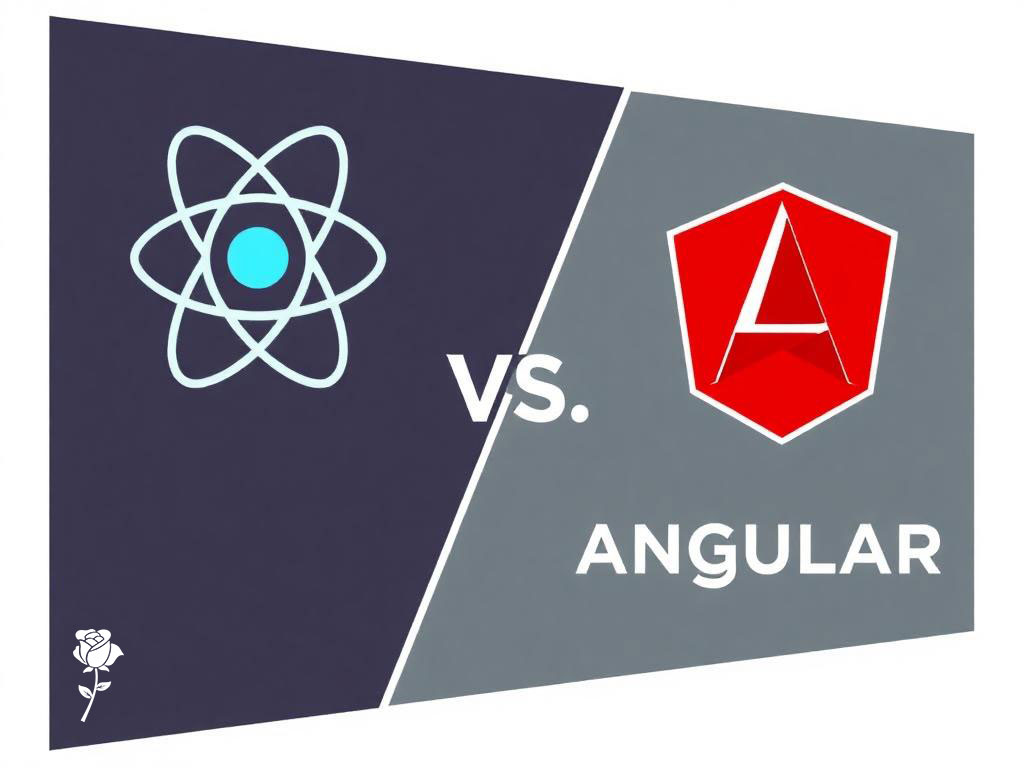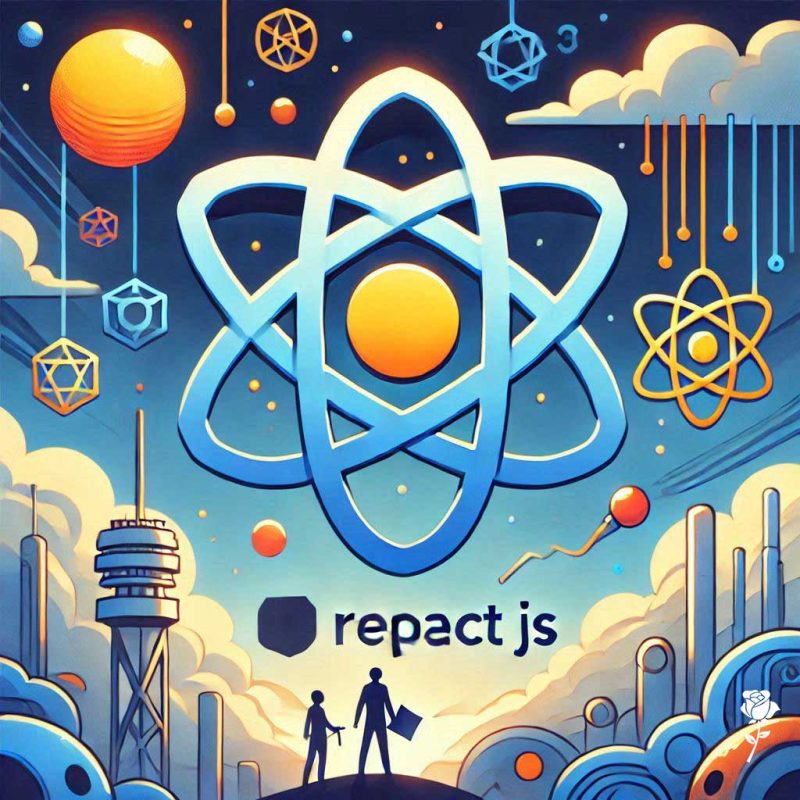JavaScript remains one of the most important programming languages in the world, thanks to its versatility and extensive ecosystem of frameworks and libraries. With the ever-evolving tech landscape, it’s crucial for developers to stay updated with the latest tools and trends. In this article, we’ll explore five of the most popular JavaScript frameworks and libraries to learn in 2025, highlighting their features, use cases, and why they’re worth your time.
1. React
Overview:
React is a JavaScript library developed by Facebook for building user interfaces. It has been one of the most popular tools for front-end development for several years and continues to dominate in 2025. Its component-based architecture and virtual DOM make it highly efficient for creating dynamic and interactive web applications.
Key Features:
Component-Based Architecture: Reusable UI components simplify development and maintenance.
Virtual DOM: Optimizes rendering for better performance.
Extensive Ecosystem: Supported by tools like React Router, Redux, and React Native.
Strong Community: Continuous updates, abundant resources, and a large user base.
Use Cases:
Single-page applications (SPAs)
Progressive web applications (PWAs)
Cross-platform mobile apps using React Native
Why Learn React in 2025?
React remains a cornerstone of modern web development. With continuous improvements, including React Server Components and its compatibility with modern build tools, it’s a must-have skill for any developer aiming for versatility and career opportunities.
2. Vue.js
Overview:
Vue.js is an open-source progressive framework for building user interfaces. Created by Evan You, Vue is known for its simplicity, flexibility, and developer-friendly nature. It’s especially popular among small to medium-sized projects and continues to grow in adoption globally.
Key Features:
Two-Way Data Binding: Simplifies the synchronization between the model and the view.
Reactive Components: Ensures seamless UI updates.
Modular Architecture: Easy integration with other projects or libraries.
Rich Ecosystem: Includes tools like Vue Router and Vuex.
Use Cases:
SPAs and PWAs
Prototypes and small-to-medium web applications
Incremental adoption in existing projects
Why Learn Vue.js in 2025?
Vue strikes a balance between simplicity and functionality, making it an excellent choice for developers seeking an approachable framework with powerful capabilities. With its growing ecosystem and increased adoption, Vue is set to remain a significant player in 2025.
3. Angular
Overview:
Angular, maintained by Google, is a full-fledged framework for building dynamic and scalable web applications. Unlike React and Vue, which focus on the view layer, Angular provides a complete solution, including dependency injection, forms handling, and more.
Key Features:
Two-Way Data Binding: Synchronizes the model and view efficiently.
Dependency Injection: Facilitates the development of scalable applications.
Comprehensive Toolset: Built-in support for forms, routing, and HTTP services.
TypeScript Support: Ensures better code maintainability and robustness.
Use Cases:
Large-scale enterprise applications
Real-time applications
Complex and feature-rich SPAs
Why Learn Angular in 2025?
Angular is ideal for developers working on enterprise-level projects or looking for a framework with built-in solutions for common development challenges. Its use of TypeScript aligns with modern development practices, making it a valuable skill in the industry.

4. Svelte
Overview:
Svelte is a modern framework that shifts much of the work traditionally done in the browser to the build step, resulting in highly efficient and lightweight applications. Unlike React or Vue, Svelte doesn’t use a virtual DOM, which significantly improves performance.
Key Features:
No Virtual DOM: Directly compiles components into efficient JavaScript code.
Simplified State Management: Built-in reactivity reduces the need for external libraries.
Compact Bundle Sizes: Leads to faster loading times.
Beginner-Friendly: Minimal boilerplate code and intuitive syntax.
Use Cases:
Lightweight SPAs
High-performance web applications
Projects requiring quick load times and responsiveness
Why Learn Svelte in 2025?
As performance and efficiency become increasingly important, Svelte is gaining traction among developers. Its unique approach and growing ecosystem make it a compelling choice for the future of front-end development.
—
5. Next.js
Overview:
Next.js, developed by Vercel, is a powerful framework built on top of React. It focuses on server-side rendering (SSR) and static site generation (SSG), making it a popular choice for building fast and SEO-friendly web applications.
Key Features:
Hybrid Rendering: Combines SSR, SSG, and client-side rendering (CSR).
API Routes: Allows building backend functionality directly within the framework.
Automatic Code Splitting: Optimizes performance by loading only necessary code.
Integrated with Vercel: Simplifies deployment and scalability.
Use Cases:
E-commerce websites
Content-rich platforms
Jamstack applications
Why Learn Next.js in 2025?
Next.js is the go-to framework for developers looking to create performant, SEO-optimized applications. Its seamless integration with React and Vercel’s hosting services make it a key tool for modern web development.
—
Conclusion
In 2025, mastering JavaScript frameworks and libraries is essential for staying competitive in the tech industry. Whether you’re a beginner or an experienced developer, learning React, Vue.js, Angular, Svelte, and Next.js will equip you with the skills to tackle a wide range of projects. Each of these tools offers unique advantages and caters to different use cases, so consider your goals and interests when deciding which one to prioritize.
By staying updated and honing your expertise in these technologies, you’ll be well-prepared to build innovative and efficient applications in the years to come.

